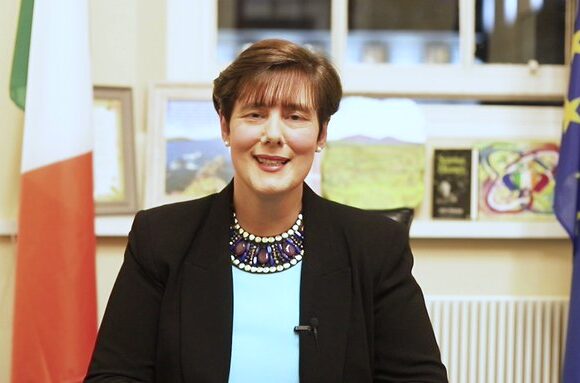With the effects of climate change being witnessed worldwide, recent research emphasises that its impact is not only evident on a worldwide scale but is also making its presence felt right at our doorstep.
The new findings from the Climate Research Centre at Maynooth University, ICARUS, shows compelling evidence that humans are changing Ireland’s climate. The research emphasising the importance of climate adaption measures, notably flood prevention. According to the findings, on average, rainfall intensity in Ireland is increasing at a rate of 8.2% per degree of global warming.
The research, which was published in the peer-reviewed scientific journal Weather and Climate Extremes, looked at Irish temperature and rainfall records dating back to 1850, and linked changes to worldwide temperature shifts. The scientists then statistically quantified how much the Irish climate has changed since early industrial conditions when natural climate variability dominated, to being ‘unusual’ or ‘unfamiliar’ relative to that benchmark.
The Irish Climate Analysis and Research UnitS (ICARUS) is part of the Department of Geography at Maynooth University. A national leader in the area of climate change, it provides integrated climate system research, solutions, data, and advice to the scientific community, policymakers and for the benefit of society both nationally and internationally.
According to the findings, the yearly average temperature in Ireland is the best indicator to prove that humans caused climate change. The island of Ireland as a whole is warming at a rate of 0.88˚C per 1˚C increase in global temperature, with yearly temperatures becoming ‘unfamiliar’ in comparison to the early industrial environment.
Locations in the east and midlands have the highest rate of warming in annual temperature, according to the data. The highest, Phoenix Park, was found to be warming at 1.14 ˚C for every degree increase in global temperature, followed by Armagh, Birr, and Dublin, all warming at a rate of over 1 ˚C.
According to an analysis of rainfall data, numerous weather stations around the country are experiencing significant increases in winter rainfall per degree of global warming, indicating a significant increase in the risk of flooding. One third of the 30 rainfall stations analysed also show increases in rainfall intensity (the heavy rainfall that often causes surface flooding, especially in urban areas) and are considered ‘unusual’ relative to early industrial climate. On average, rainfall intensity in Ireland is increasing at a rate of 8.2% per degree of global warming.
Speaking about the research, Professor Conor Murphy, of ICARUS and Department of Geography at Maynooth University, said: “Human driven climate change is now discernible in Irish weather records. Of the 903 climate indicators we analysed across the study, 37% show the emergence of conditions we would consider at least ‘unusual’ relative to early industrial or natural climate.
“These results clearly tell us that adaptation to the impacts of climate change needs to be given greater emphasis in national and local climate policy. Climate change is here, and it is evident in our weather observations,” he added.
“It also gives us a new tool that allows local scale changes in climate to be scaled to global mean surface temperature, providing insight into how past, and importantly future changes, at the global scale relate to Ireland.”
The research was conducted with the MSc Climate Change class at Maynooth University, together with researchers at Maynooth and Met Éireann and was funded by the Environmental Protection Agency through the HydroDARE project.














